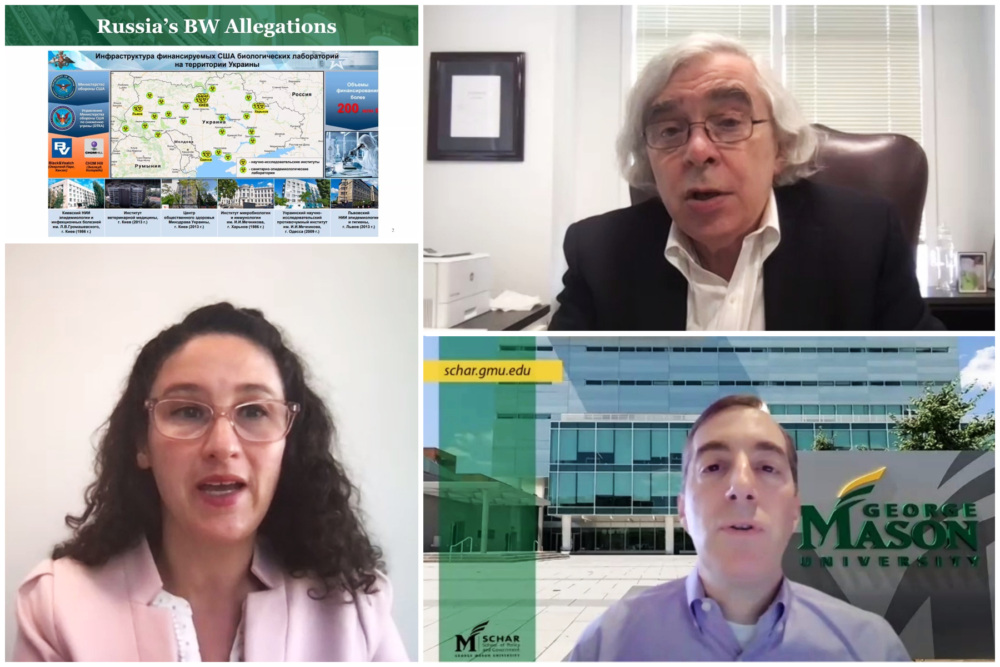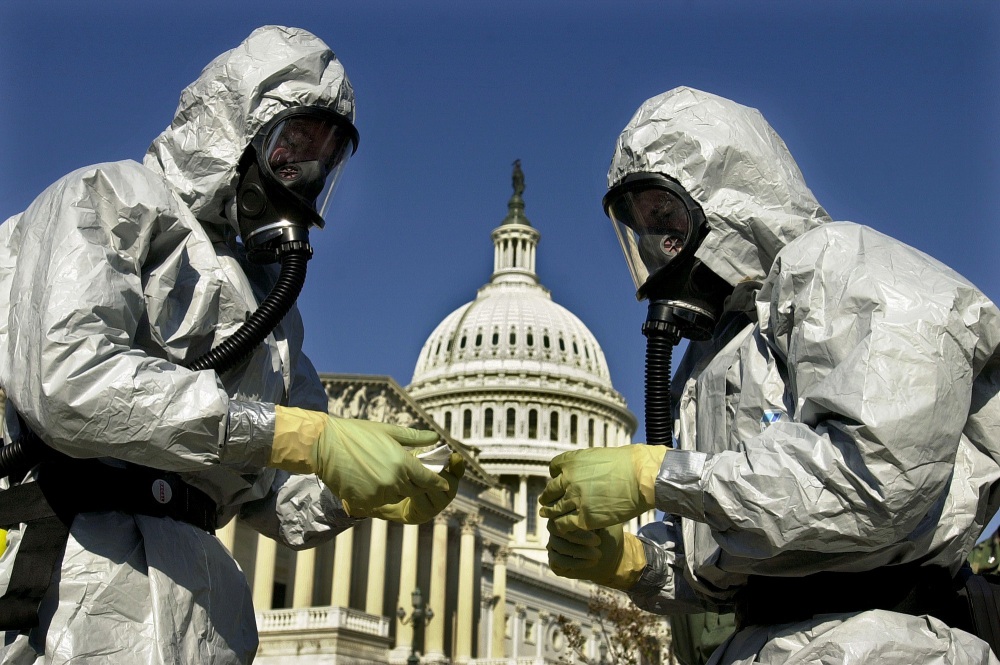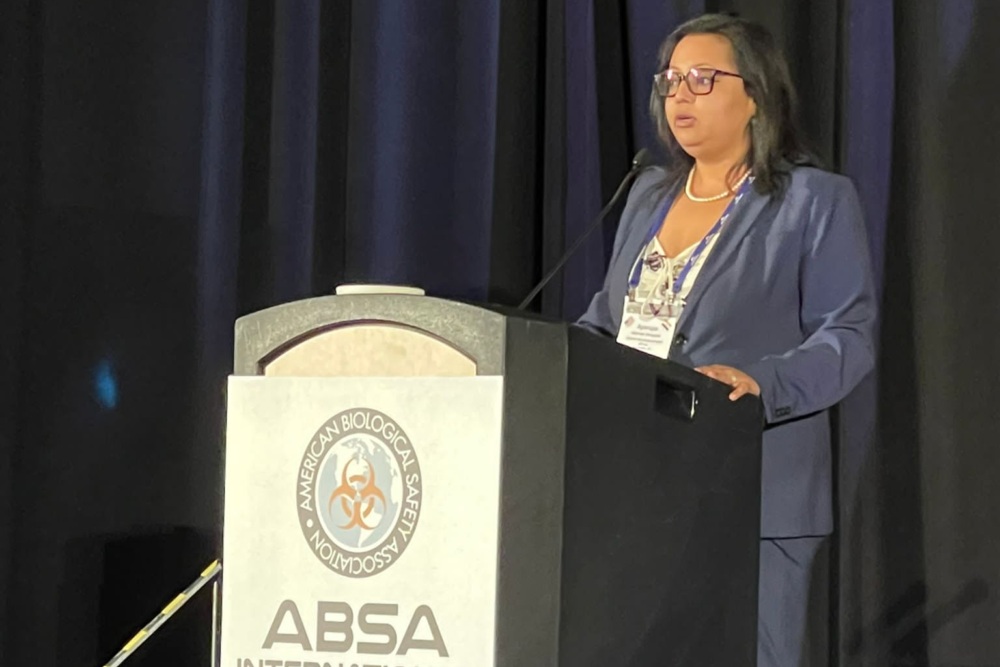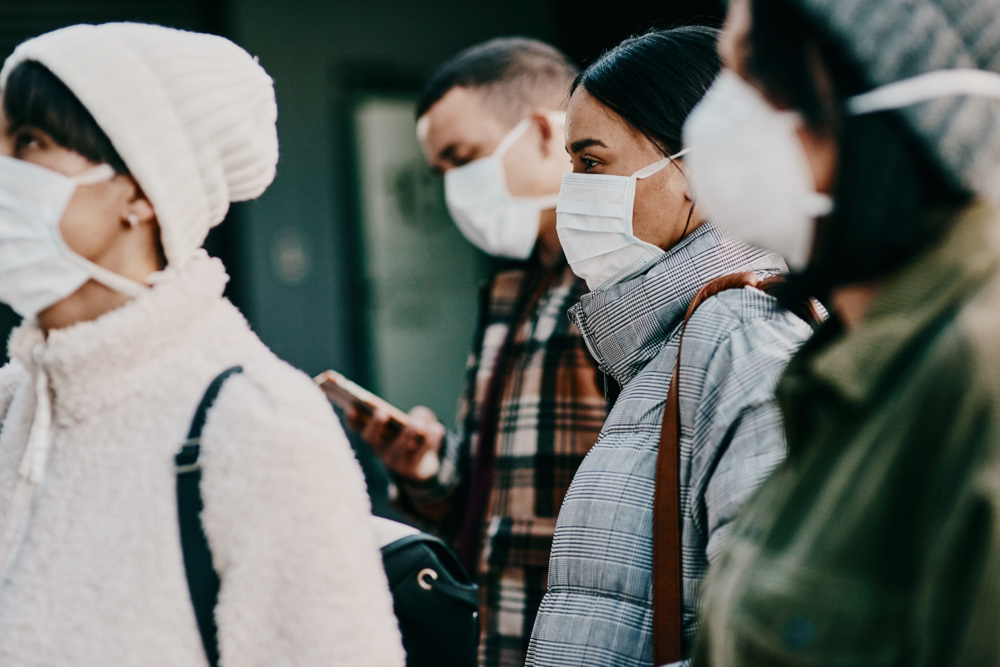Hormazd Godrej is a senior at Stanford University majoring in
Biology with a specialization in Computational Biology. From January through
March 2018, he worked as an intern for NTI’s Global Biological Policy and
Programs. Below, he reflects on his experience.
As a biology major at Stanford with a
lifelong interest in international politics, I am curious about the
intersection of biology and international politics. Interning at NTI exposed me
to the exciting topic of biosecurity and taught me about the pressing
challenges the world faces in this area.
One of my tasks at NTI was to
collaborate with our biosecurity team members and partners to develop a
tabletop exercise focusing on international response capability in the event of
a deliberate biological event. As part of this process, we discussed the role
that modern developments in biotechnology, such as genetic engineering, could
play in the design of dangerous biological agents. Our discussions also
involved an examination of the consequences of a biological weapons (BW) event,
which could cause tremendous political and social instability, including through
mass migration, public panic and economic recession.
Our goal was to develop a tabletop
exercise that could be run with leaders of relevant international organizations
to elucidate different organizational response requirements in the event of a BW
event. This would help identify unexpected challenges that might arise when
coordinating response efforts across organizations.
To learn more about the roles various
international organizations would play during a BW event, I analyzed the findings from a 2015 report by the Counter-Terrorism Implementation Task
Force (CTITF)
Working Group on Preventing and Responding to WMD attacks on Ensuring Effective
Inter-Agency Interoperability and Coordinated Communication in Case of Chemical
and/or Biological Attacks. The key tenants of the scenario-based gap analysis
included references to mandates that organizations such as INTERPOL, the World
Health Organization (WHO) and the United Nations Office for the Coordination of
Humanitarian Affairs (UNOCHA) have for responding to such attacks.
The key findings also included a
discussion on the threat of bioterrorism involving zoonotic disease agents
(which can be transmitted from animals to people) as well as the role that organizations
such as the Food and Agriculture Organization (FAO) of the UN and the World
Organization for Animal Health (OIE) would play in responding to a BW attack involving
such agents.
One of the main takeaways from the
CTITF report was that defining the nature of collaboration between different international
organizations during a bioterrorism event will be a major challenge. For
example, organizations like UNOCHA, which focus on humanitarian assistance, do
not have mandates that clearly specify their role during a BW event. The report
also recommended that confidentiality rules used by the WHO, FAO and OIE should
be updated for cases involving deliberate use of pathogens, since those rules
are currently designed for naturally occurring outbreaks.
To understand how prepared our world
is for bioterrorism, I also analyzed how well-prepared individual countries are
for such an event. For this phase of the project, building on NTI’s previous analysis
from last fall, I
looked at the WHO Joint External Evaluations (JEE) scores of different countries.
Specifically, we recorded the JEE scores for each country across three
categories: 1) the country’s overall system for biosafety and biosecurity
(P.6.1) 2) biosafety and biosecurity training and practices (P.6.2) and 3) and
the level of linkage between public health authorities and security authorities
(R.3.1).
I found that of the 53 countries that
have published their JEE reports, 74% demonstrated limited or no capacity for overall
biosafety and biosecurity and 64% demonstrated limited or no capacity for biosafety
and biosecurity training and practices, while 43% showed limited or no capacity
for linking public health and security authorities – demonstrating that
individual countries have much work to do to be prepared for a potential
bioweapons event.
It was a fascinating exercise, and I
look forward to following NTI’s work on biosecurity as it continues to identify
steps international organizations and individual countries might take to
enhance their ability to prevent, detect and respond to biothreats. These
threats are one of the most pressing security challenges of our time, and the
international community must do everything it can to avert biological
catastrophes.




